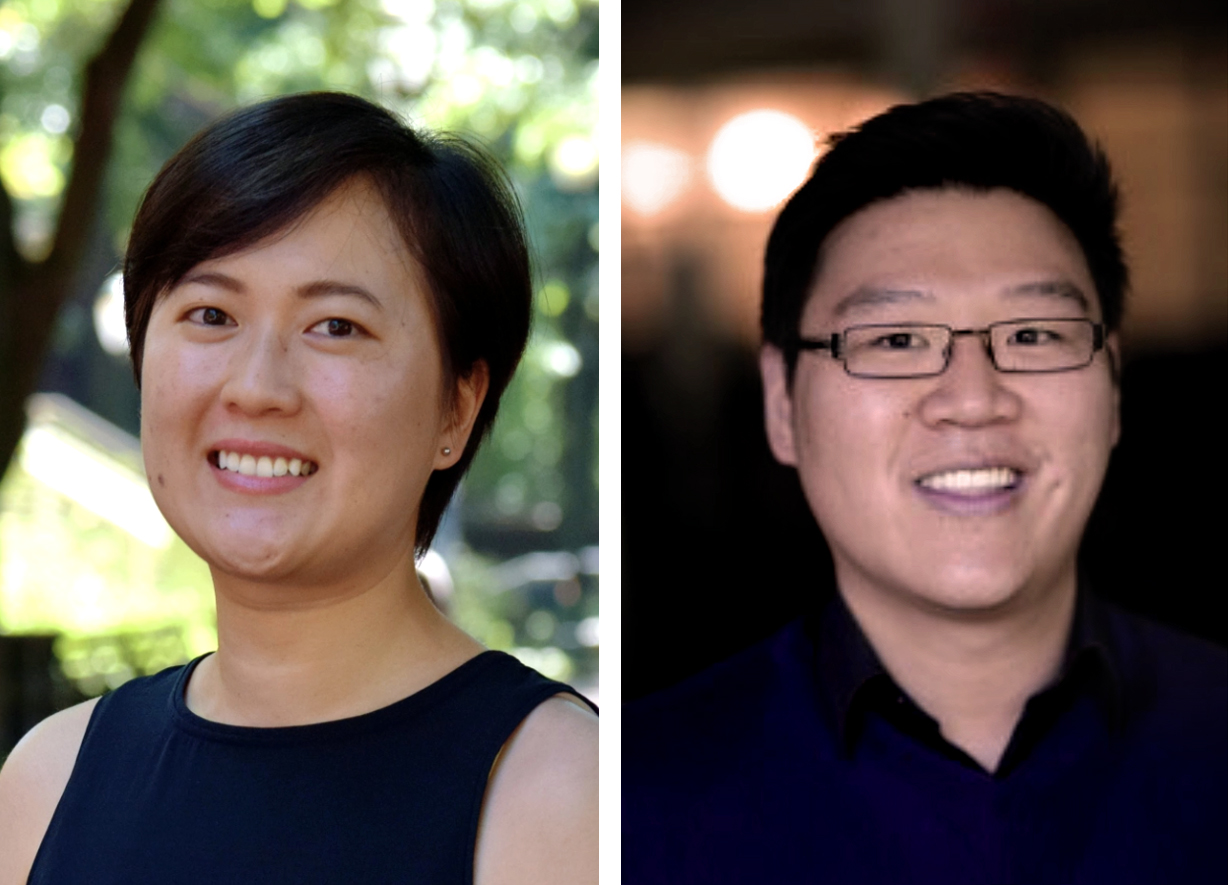Abundant research has shown that middle- and upper-class parents participate more actively in their children’s schooling than their working-class counterparts. Separately, numerous studies have found that immigrant families report significant barriers to school involvement.
Phoebe Ho, a Ph.D. candidate in sociology, and Hua-Yu Sebastian Cherng, GR’14, an assistant professor of international education in New York University's Steinhardt School of Culture, Education, and Human Development, have co-authored a study in The Sociological Quarterly that bridges these largely disparate bodies of literature.
Prior research into the impact of social class on parental school engagement in the U.S. has focused primarily on native families, and Ho and Cherng weren’t convinced those patterns would apply to immigrants.
“As Americans, we tend to assume the way things are done in the U.S. is the way things are done globally. But our educational system is quite unusual in that we expect a lot of parental involvement, and that’s sort of unheard of outside the U.S.,” Ho says.
Immigrant parents face more than the obvious language barriers to involvement, she adds. For example, people from many cultures view schools as the domain of educators and hesitate to intrude on their territory, and immigrant parents often feel unwelcome in American schools or are wary of being judged.
In their study, “In Thoughts, Words, and Deeds: Are Social Class Differences in Parental Support Similar across Immigrant and Native Families?,” Ho and Cherng used data from the Education Longitudinal Study of 2002, a nationally representative Department of Education survey of nearly 12,000 high school sophomores and their families and teachers.
They compared patterns in multiple forms of parental involvement—school-based, communication-based, and home-based—for native and immigrant families in which the mothers did and didn’t go to college.
“We chose maternal education as our measure of social class because it best captures a cultural orientation. Across the world, child-rearing is still largely a mother’s responsibility, and we know a mother’s education level reflects her approach to her children’s education. Mothers with a college education enroll their children in more organized activities and communicate more with their schools,” Ho says.
The study found that at all class levels, immigrants were less likely to do things like attend parent-teacher meetings and contact their children’s teachers directly. These results reinforced the researchers’ suspicion that social class has less of an influence on immigrants’ involvement in their children’s education than it does on native parents.
“Good research about societies should stem from an actual story. Phoebe and I are both children of immigrants. Our parents emigrated from different countries, but we had similar interactions with them, which made us curious about patterns for all immigrants,” Cherng says.
Cherng previously ran a college preparatory program in Philadelphia’s Chinatown, primarily serving children of immigrants. “The kids I worked with took the story further,” he says. “We had very different social class backgrounds—I was raised in an upper-middle-class household, while many of their mothers couldn’t read—yet the things they told me about their parents reminded me so much of my own.”
Ho and Cherng believe their study can help change the way American educators reach out to immigrant parents, perhaps offering programs and events in various languages to indicate that they want them to become more involved. They would also like to see sociologists broaden the ways they look theoretically at social class.
“We need to come to a better understanding of how social class works across different types of families. How social class looks in one specific group might not be what we see in another group. That’s our contribution to sociological research, writ large,” Ho says.



